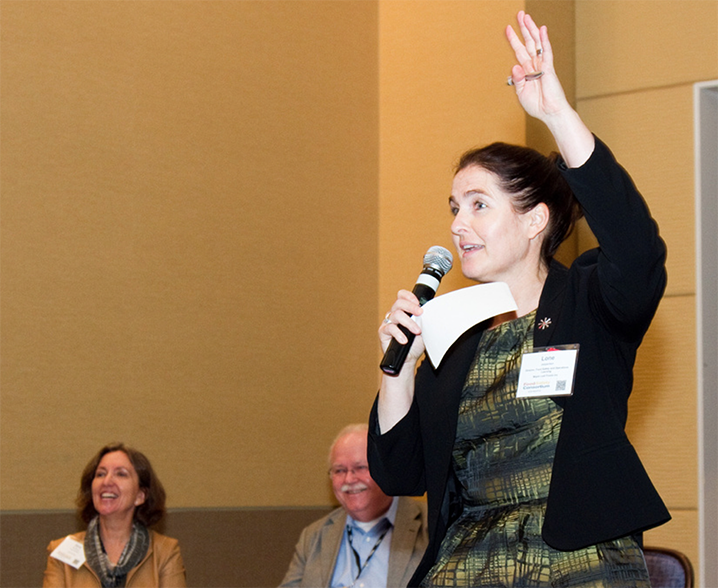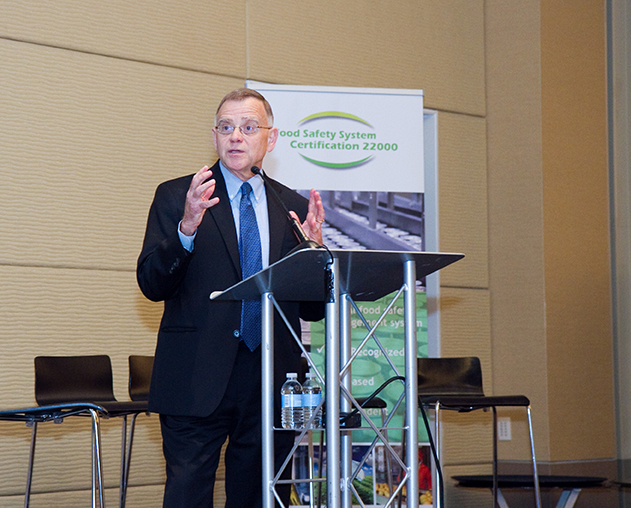In the final article in Food Safety Tech’s Q&A series on food safety culture, Lone Jespersen, director of food safety at Maple Leaf Foods, and Brian Bedard, executive director of the GMA Science and Education Foundation sound off on the development of food safety culture this year.
Food Safety Tech: Where are we headed in the food safety culture landscape in 2016?
The GMA Science Forum takes place April 18–21, 2016 in Washington, DC | LEARN MORELone Jespersen: I think we’re going down a path of standardizing or at least agreeing on a set of definitions for food safety culture. Some of this will come out of the GFSI technical working group on food safety culture. That will lead us to better guidelines for what the different components of food safety culture are. That’s going to be strongly science based and collectively agreed upon. I think we’ll see a lot of that work done in 2016.
I think we’re also going to see a greater focus on connecting food safety culture to organizational culture. Many organizations are looking at integrating food safety and quality assessments into their organizational culture assessments and I think for larger organizations this makes sense.

I hope we’ll get closer to having compared measurement systems and be able to publish work around that so we don’t fall into a trap of a fragmented and independent approach, but rather building on each other as we work [together] and have a common definition.
Brian Bedard: The measurement tools and the gap analysis for which these tools are being developed needs to be done. In terms of operationalizing and actually getting food safety embedded in companies, I would envision a roadmap that looks at a four-tiered framework of who the targets are for changing behaviors. That would be focused around senior leaders in an organization, mid-level managers, supervisors in operations, and at the fourth level, the operators on the plant floor. At GMA’s Science & Education Foundation, we have a group of companies investing in this to roll out a portfolio of training programs. We’re trying to consolidate them under the umbrella of food safety culture and dealing with the full spectrum, from entry level and plant operators through to senior leadership.


















